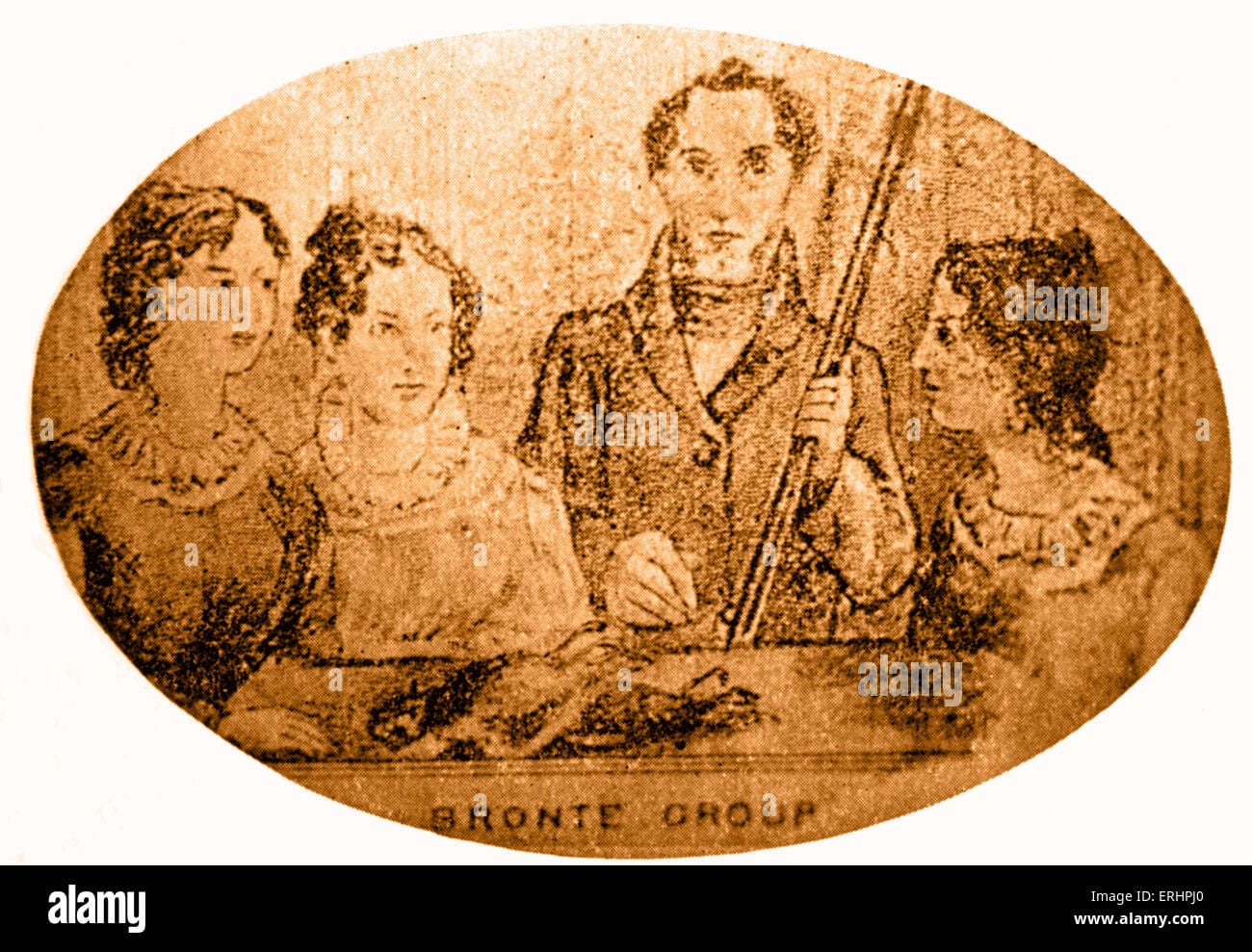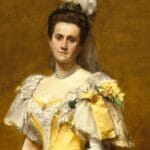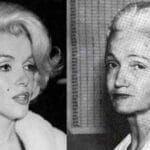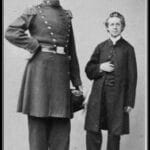Branwell Brontë, brother of the renowned literary figures Charlotte, Emily, and Anne, remains a captivating figure in the Brontë family saga. While often overshadowed by his sisters’ achievements, Branwell’s life, marked by artistic talent, personal struggles, and unfulfilled potential, offers a compelling glimpse into the complexities of creativity, family dynamics, and the human condition.
The Creative Crucible of Haworth Parsonage
Growing up in the isolated Haworth Parsonage, Branwell shared a rich imaginative world with his sisters. Their childhood, filled with storytelling, writing, and elaborate fantasy worlds, nurtured a shared artistic sensibility. This close-knit, creative environment, fostered by their father’s rigorous home education, likely fueled their passion for literature and self-expression. Branwell wasn’t merely a bystander in this literary whirlwind; he was an active participant. His early writings and shared creative projects suggest a fertile mind and a genuine artistic spirit. You can discover the prodigious art of Collis Potter Huntington and the magnificent photography of Alfred Winklmayr at our museum, offering a glimpse into the artistic landscape of the time.
Branwell’s creativity extended beyond writing. His paintings, particularly his self-portrait, offer a poignant window into his soul. The act of seemingly attempting to erase himself from the canvas suggests inner turmoil and a struggle for self-worth, perhaps exacerbated by the burgeoning success of his sisters. This powerful image raises questions about the psychological impact of living within such a gifted family. Did the weight of expectation contribute to his later struggles? This remains an area of ongoing research and debate among Brontë scholars.
Branwell’s Downfall: A Descent into Darkness
Tragically, Branwell’s story takes a darker turn. He battled addiction, struggling with alcohol and opium, which probably exacerbated underlying emotional vulnerabilities. Labeling him simply as the “black sheep” overlooks the complexities of his life. He likely felt the societal pressures of the 19th century, the expectation to be the provider, and perhaps the shadow of his sisters’ accomplishments. His tumultuous relationship with a married woman further complicated his life, adding another layer of emotional turmoil to an already precarious situation.
What Happened to Branwell Brontë?
Branwell Brontë’s life, like a captivating yet tragic novel, was filled with both brilliance and deep struggles. Born in Thornton, Bradford, on June 26, 1817, he received a rigorous home education, demonstrating an early aptitude for classics, poetry, and translation. Despite his artistic talents, Branwell struggled to establish a stable career, drifting between tutoring and portrait painting.
His struggles with addiction escalated, probably fueled by both alcohol and laudanum, and possibly compounded by a failed romance and the pressures of living in the shadow of his sisters’ literary fame. The summer of 1848 brought a devastating diagnosis: tuberculosis. This, combined with the harrowing effects of alcohol withdrawal, likely hastened his decline. On September 24, 1848, at the age of 31, Branwell passed away at Haworth Parsonage, surrounded by his sisters. “Patrick Branwell Bronte was no domestic demon – he was just a man moving in a mist, who lost his way. More sinned against, mayhap, than sinning, at least he proved the reality of his sorrows,” reflects one perspective on his troubled life (Source: Anne Brontë website). His story, while tragic, provides valuable insights into the human condition and the challenges faced by creative individuals battling personal demons.
The Enigma of an Illegitimate Child
Rumors persist that Branwell fathered a child out of wedlock. While compelling narratives and claims of descent have surfaced, concrete evidence remains elusive. No official records or verifiable family trees confirm these claims. Biographer Juliet Barker has considered the possibility, but others suggest the claims stem from Branwell’s own boasting. The lack of definitive proof adds another layer of intrigue to the Brontë saga, fueling speculation and debate. This enduring mystery invites us to consider the social pressures of the Victorian era and the complexities of Branwell’s character. Was he a father keeping a secret, or was the rumor a product of his troubled life? Further research may someday provide answers, but for now, the question remains open.
Branwell Brontë’s Literary Pursuits
Branwell’s literary contributions, though less celebrated than his sisters’, offer a glimpse into his creative mind. He published 17 poems in Yorkshire newspapers, demonstrating a talent for verse and a range of subjects. His unfinished novel, “And the weary are at rest,” suggests broader literary ambitions. His letters, particularly those sent to prominent literary figures like Blackwood’s Magazine, reveal a bold desire for recognition. Though his aspirations remained largely unfulfilled, his writings, along with his paintings, add another dimension to our understanding of the Brontë family’s creative world. They provide a poignant reminder of a life marked by both potential and tragedy. Further exploration of his unpublished works may reveal even more about his talent and struggles.
- Senior at What Age: Benefits & Eligibility Guide - March 29, 2025
- Unlocking Senior Benefits: How Old is a Senior? Your Complete Guide - March 29, 2025
- Master Russian Politeness:A Guide to Saying Please - March 29, 2025

















2 thoughts on “Branwell Brontë: The Troubled Genius of Haworth Parsonage”
Comments are closed.